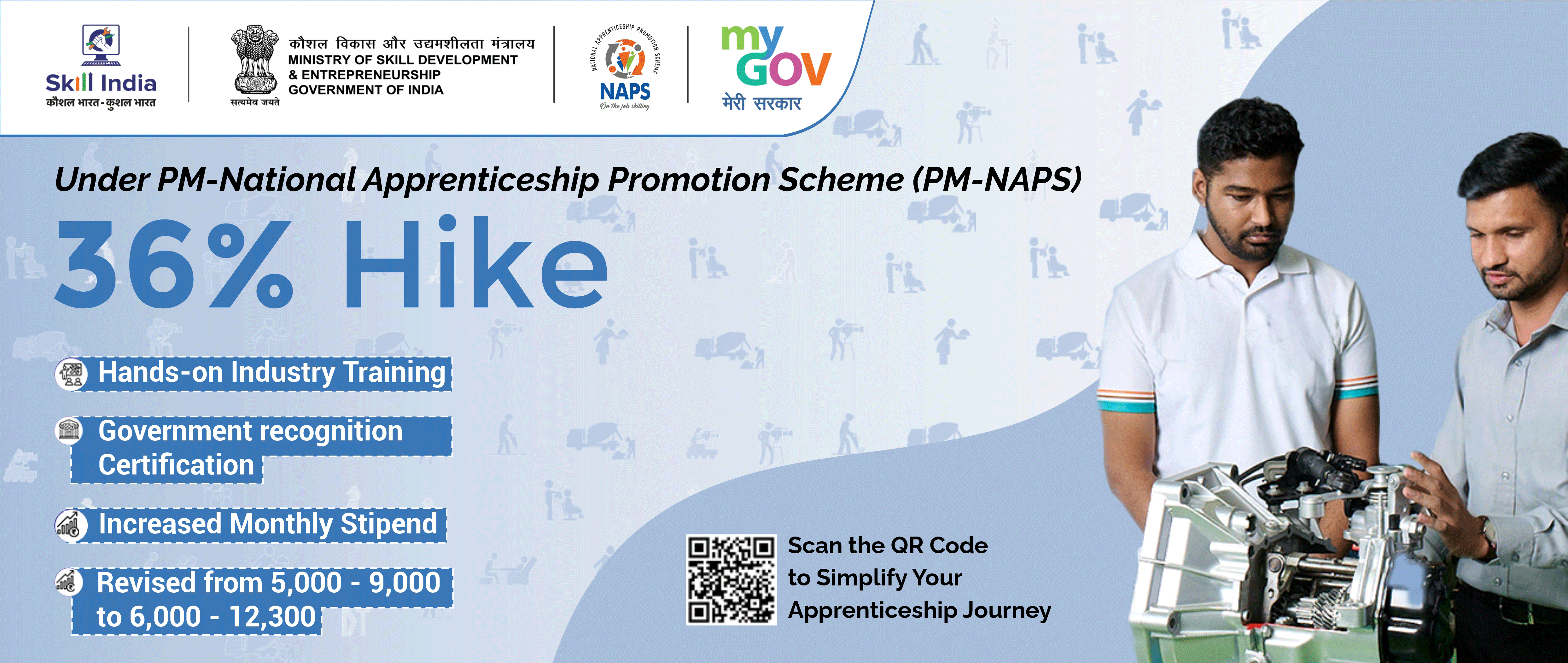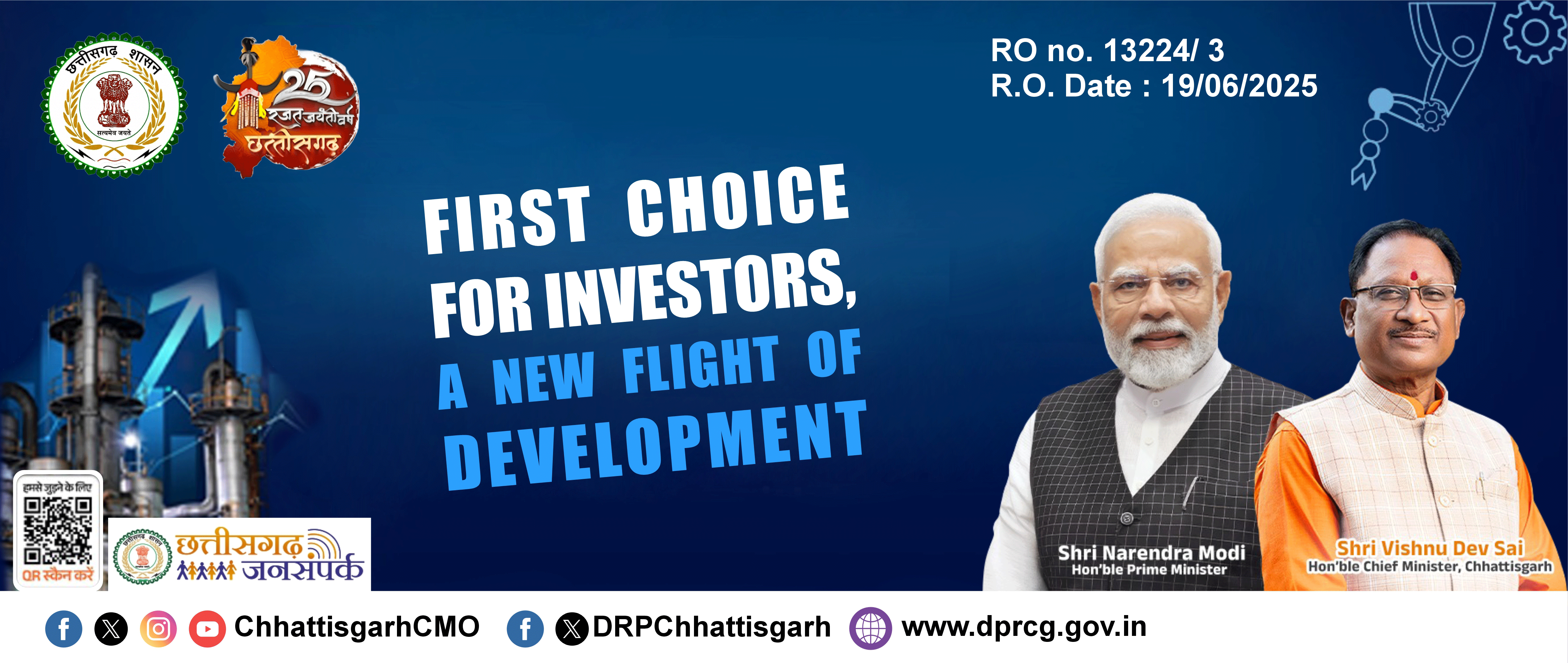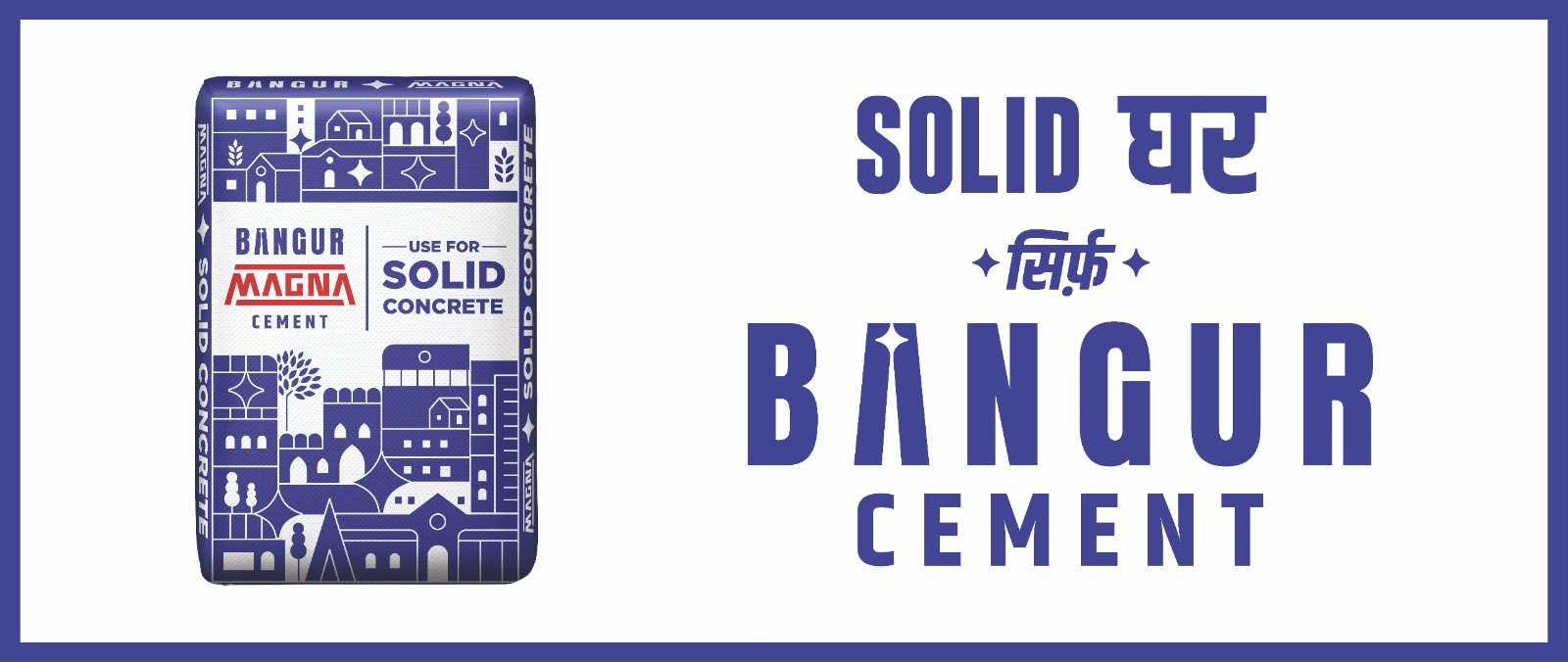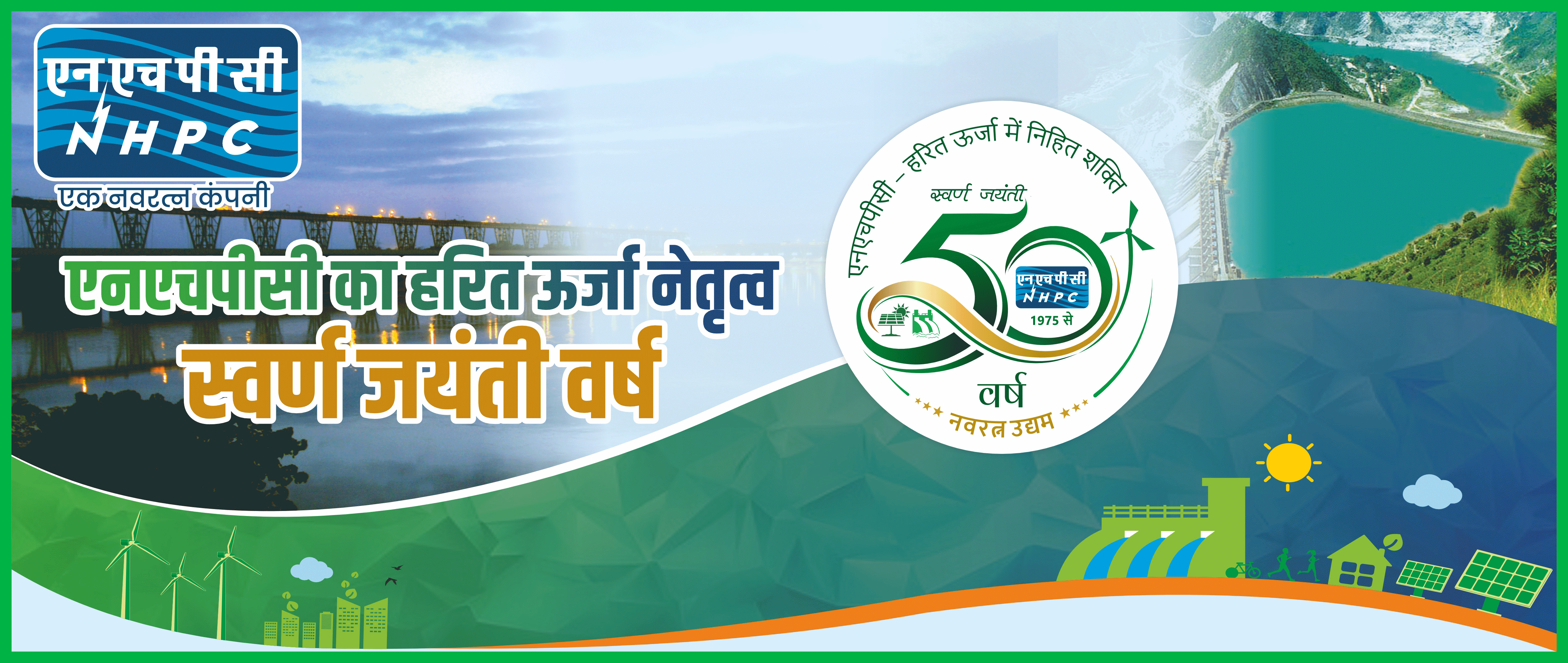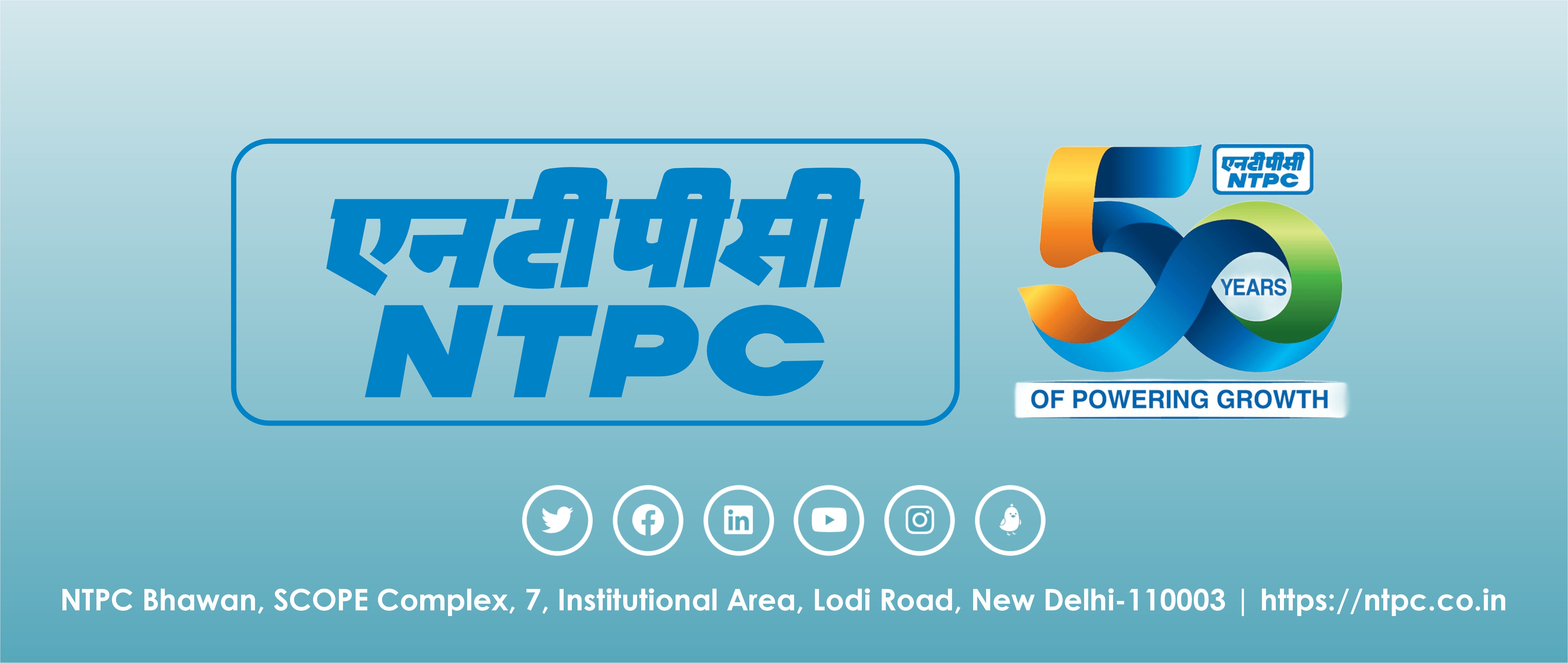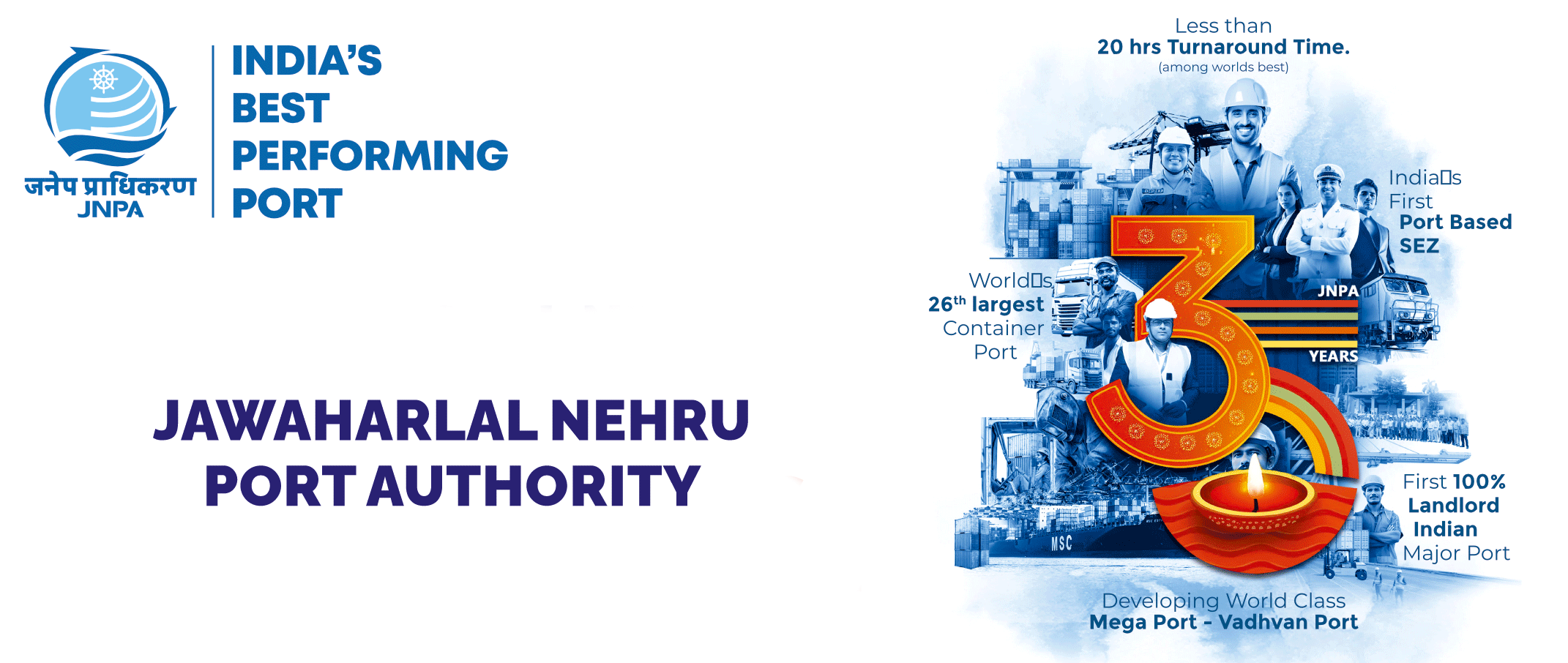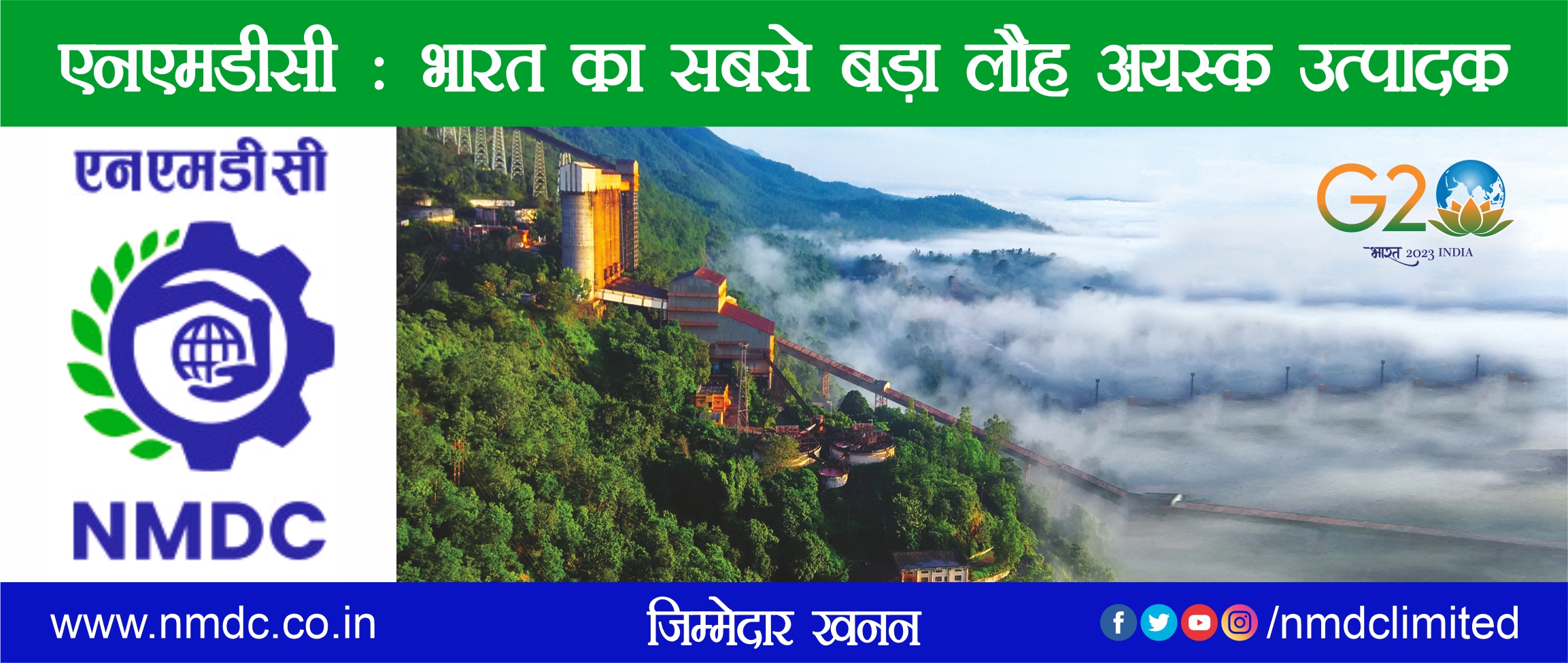TO RECIEVE EXCLUSIVE POSTS AND NEWS
![]() Even as PSBs are working hard to clean up their book of accounts and have been resorting to legal measures against corporate defaulters to recover their loans that have turned into NPAs, the Pradhan Mantri Awas Yojna (PMAY) is beginning to add fresh NPAs in their accounts. Since every calamity begins as a non-event, it's better to comprehend in advance what could turn into a disaster and take preventive measures. Isn't prevention always better than cure?
According to an RBI bulletin titled 'Affordable Housing in India' released on January 10, PMAY home loans of up to Rs 2 lakh given by PSBs and Housing Finance Corporations (HFCs) witnessed payment defaults rising to 10.4% in 2016-17 from 9.8% in 2015-16.
The bulletin points out that among all slabs, housing loans up to Rs 2 lakhs had the highest level of NPAs and the PSBs reported higher NPAs than the HFCs in the last two fiscal years.
But it is quite likely that official protagonists of the PMAY may be tempted to look at the average default figure of 1.1% in 2016-17 versus 0.9% and argue on this basis that the situation is under control. As could be verified from NPA figures of PSBs over the years, the calamity of bad loans always begins with a trickle before it turns into an ocean.
Further, for loans of higher than Rs 25 lakh, the rate of default was as low as 0.9% in 2016-17 even though it rose from 0.6% in 2015-16. This only means that middle-class debtors are more conscious than proletariat debtors in paying back their instalments to banks and HFCs.
Why are there so many loan defaulters in lower and the lowest slabs?
According to the figures cited in the bulletin, the home loan growth of public sector banks for loans of up to Rs 10 lakh was just 0.1% in 2015-16 - the year the PMAY was launched.
But in 2016-17, it accelerated to 30.6%. This may suggest that either the banks found it lucrative to get into low-slab lending or they were encouraged by the government to disburse more home loans of up to Rs 10 lakhs in 2016-17. If the former were the case, banks wouldn't have run into the kind of default they did. So it is logical to assume that the government influenced their decision and therefore, PSBs were less stringent in disbursing housing loans up to Rs 10 lakhs.
In the background of poor credit offtake, it is noteworthy that the affordable housing project is currently driving home loan growth in the country fueled by a slew of policy initiatives of the government and the RBI. While the total disbursement of housing loans by public sector banks as well as the housing finance companies (HFCs) witnessed a deceleration in 2016-17, there was significant growth for the lower slabs. Housing loans up to Rs 10 lakh recorded a robust growth of 23.5% in 2016-17 versus 12.6% in 2015-16, primarily driven by the PSBs.
Currently, the total home loans of up to Rs 10 lakh, given by public sector banks and housing finance companies, during the last three financial years stands at Rs 1,08,732 crore. With a default rate of a little over 2% in this low-slab loan category of up to Rs 10 lakhs, banks, and housing finance companies may not find it difficult to cope with this rate of NPA.
Apart from the NPA problem looming in the horizon, there are a number of issues that have been impacting the PMAY and have been undermining the joint efforts of the Government and the RBI to boost affordable housing. These are: (i) lack of suitable low cost land within the city limits; (ii)
Even as PSBs are working hard to clean up their book of accounts and have been resorting to legal measures against corporate defaulters to recover their loans that have turned into NPAs, the Pradhan Mantri Awas Yojna (PMAY) is beginning to add fresh NPAs in their accounts. Since every calamity begins as a non-event, it's better to comprehend in advance what could turn into a disaster and take preventive measures. Isn't prevention always better than cure?
According to an RBI bulletin titled 'Affordable Housing in India' released on January 10, PMAY home loans of up to Rs 2 lakh given by PSBs and Housing Finance Corporations (HFCs) witnessed payment defaults rising to 10.4% in 2016-17 from 9.8% in 2015-16.
The bulletin points out that among all slabs, housing loans up to Rs 2 lakhs had the highest level of NPAs and the PSBs reported higher NPAs than the HFCs in the last two fiscal years.
But it is quite likely that official protagonists of the PMAY may be tempted to look at the average default figure of 1.1% in 2016-17 versus 0.9% and argue on this basis that the situation is under control. As could be verified from NPA figures of PSBs over the years, the calamity of bad loans always begins with a trickle before it turns into an ocean.
Further, for loans of higher than Rs 25 lakh, the rate of default was as low as 0.9% in 2016-17 even though it rose from 0.6% in 2015-16. This only means that middle-class debtors are more conscious than proletariat debtors in paying back their instalments to banks and HFCs.
Why are there so many loan defaulters in lower and the lowest slabs?
According to the figures cited in the bulletin, the home loan growth of public sector banks for loans of up to Rs 10 lakh was just 0.1% in 2015-16 - the year the PMAY was launched.
But in 2016-17, it accelerated to 30.6%. This may suggest that either the banks found it lucrative to get into low-slab lending or they were encouraged by the government to disburse more home loans of up to Rs 10 lakhs in 2016-17. If the former were the case, banks wouldn't have run into the kind of default they did. So it is logical to assume that the government influenced their decision and therefore, PSBs were less stringent in disbursing housing loans up to Rs 10 lakhs.
In the background of poor credit offtake, it is noteworthy that the affordable housing project is currently driving home loan growth in the country fueled by a slew of policy initiatives of the government and the RBI. While the total disbursement of housing loans by public sector banks as well as the housing finance companies (HFCs) witnessed a deceleration in 2016-17, there was significant growth for the lower slabs. Housing loans up to Rs 10 lakh recorded a robust growth of 23.5% in 2016-17 versus 12.6% in 2015-16, primarily driven by the PSBs.
Currently, the total home loans of up to Rs 10 lakh, given by public sector banks and housing finance companies, during the last three financial years stands at Rs 1,08,732 crore. With a default rate of a little over 2% in this low-slab loan category of up to Rs 10 lakhs, banks, and housing finance companies may not find it difficult to cope with this rate of NPA.
Apart from the NPA problem looming in the horizon, there are a number of issues that have been impacting the PMAY and have been undermining the joint efforts of the Government and the RBI to boost affordable housing. These are: (i) lack of suitable low cost land within the city limits; (ii)






